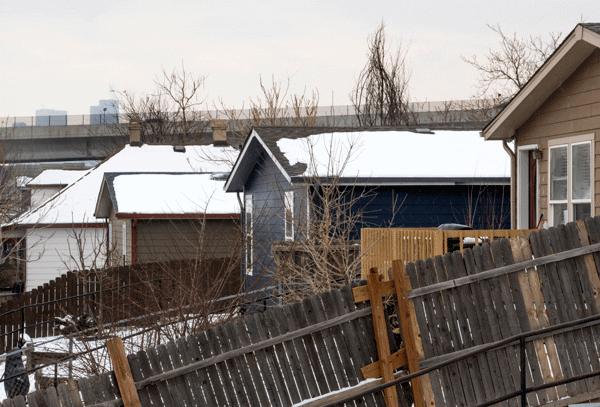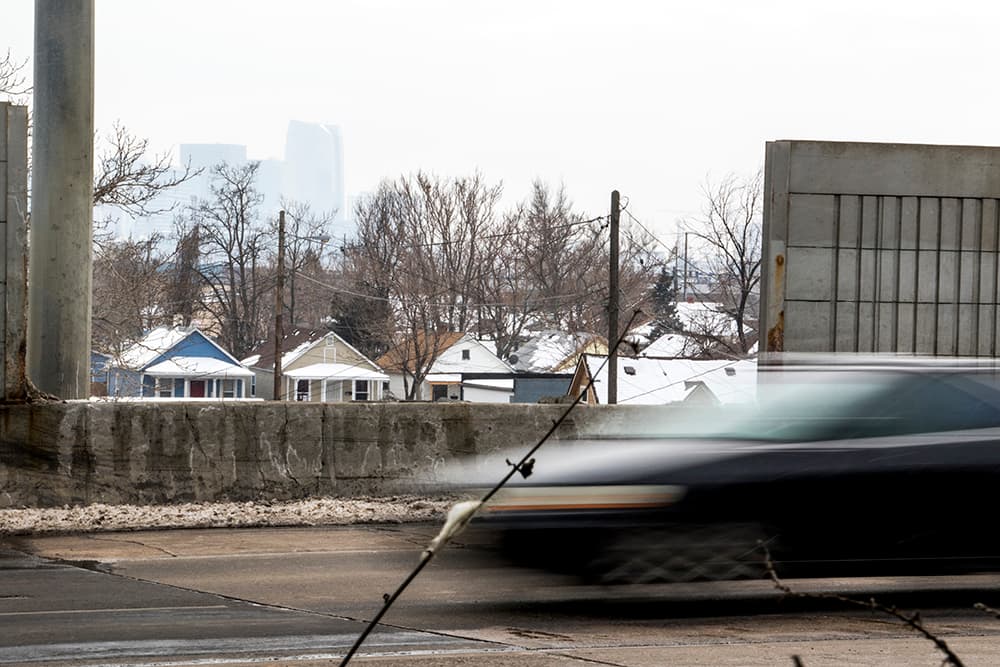
Last week, property researchers ATTOM Data Solutions released their second annual report on neighborhoods with environmental hazard risks. For the second year in a row, 80216, the zip code that includes Globeville and Elyria Swansea, was listed as the riskiest in the country.
The poor ranking has been used to drum up support by activists fighting the looming I-70 expansion project that aims to expand the highway through neighborhoods that still deal with a legacy of pollution. But is 80216 really the most polluted zip in the U.S.?
Zach Clayton, manager of environmental land use and planning for Denver, called the report "inaccurate" because it doesn't account for on-the-ground realities.
The number of homes in a zip skews its ranking
ATTOM's rankings are a combination of four major factors registered in a zip code: the number of superfund sites, the number of toxic chemicals registered for release or disposal by a business (known as TRI), the number of brownfield sites -- properties that require cleanup for future development -- and air quality measured by the EPA.
The severity of these factors, except air quality, are measured as a function of the number of risk factors per homes in a zip code. The fewer the homes, the higher the ranking.
"The purpose of our study is not necessarily to identify the most polluted zip in the country," Darren Blomquist, a senior vice president at ATTOM, told Denverite. Instead, he said it's meant to be more of a "macro view" of real estate.
Zach Clayton, from the city, said the report's "10,000-foot" perspective is why he thinks it's misleading.
A super basic example of the math: a zip code with 1 superfund site to 2 homes (0.5) has a higher ranking than a zip with 1 superfund site to 20 homes (0.05). ATTOM's math isn't this cut and dried, but the results work out to be slanted in the same way.
For example: Globeville and a zip code in New Castle, Delaware, both have 2 superfund sites. Globeville's "superfund risk index" is rated 146 while New Castle is rated 68. The only difference, according to ATTOM's figures, is population. New Castle's zip has at least 3,000 more people.
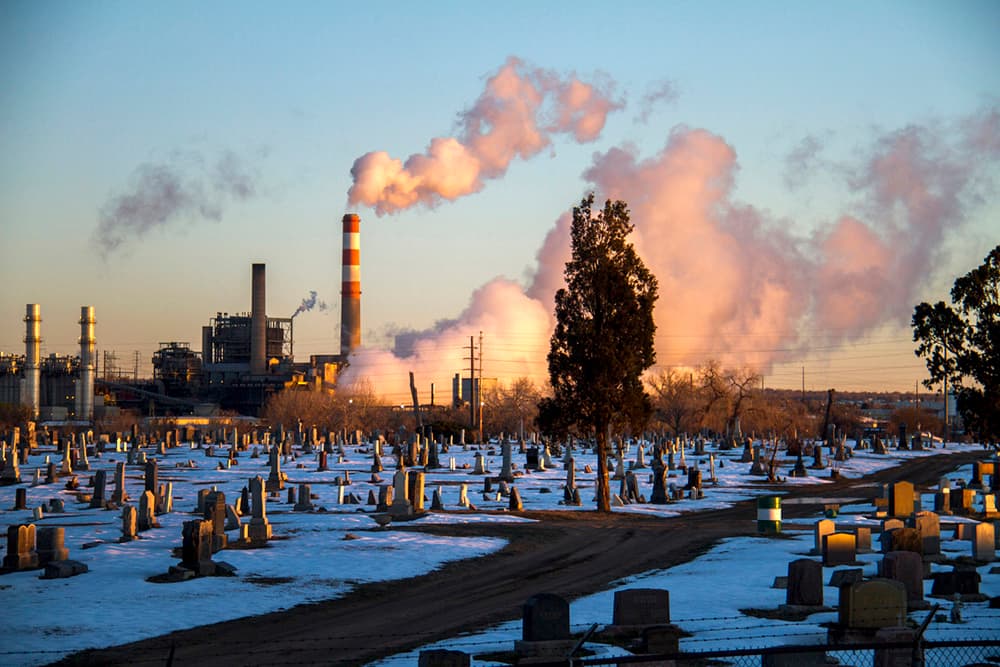
Another glance at that: A zip in Elkhart, Indiana, tops the superfund tally with 5 sites. That area is quite populated (almost 9,000 more people than Globeville), and that counters their superfund abundance. Elkhart's zip code is indexed at 90.
This is true for TRI and brownfield risk rankings, too. For example, there are seven zips with 28 brownfield sites; among those, the zip with the fewest residencies is rated at the highest risk and the rest rank below it as their populations grow.

These factors are also more complicated than a straight tally might demonstrate:
Take, for instance, the number of pollutants handled in the neighborhood, known as TRI. The area covered by 80216 does have among the highest number of these pollutants of all zip codes in the study, but Zach Clayton said that stat doesn't tell the full story.
"They're not actually pouring it down the drain or onto the property itself," he said. Some of those toxic chemicals, he said, are responsibly handled and carted off to a landfill.
That said, TRI also reflects hazardous materials that are released in the neighborhood where they are handled, which is allowed under a state permitting process. But that's not often the case in Globeville and Elyria Swansea. In 2016, according to EPA data, there were more than 850,000 instances of hazardous chemicals being disposed of in the zip. Just under 5 percent of those instances actually occurred on-site.
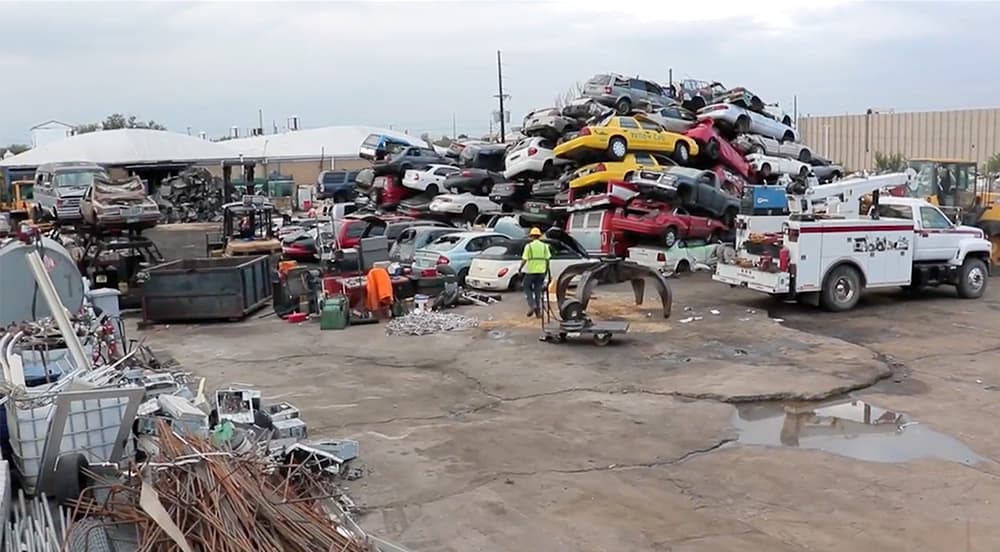
This is not to say north Denver is in great shape.
Even if 80216 isn't absolutely the most polluted area of the country, the neighborhoods within it are still among the least healthy in Denver.
The city keeps a "neighborhood equity index," which is tallied as a function of socioeconomic conditions, mortality rates and "built" factors like access to parks and fresh food all play into their rankings.
North Denver neighborhoods, as well as neighborhoods on the west side, have all earned rankings as the least equitable. A breakdown of that data shows that these neighborhoods all struggle with educational achievement, access to food and access to prenatal care.
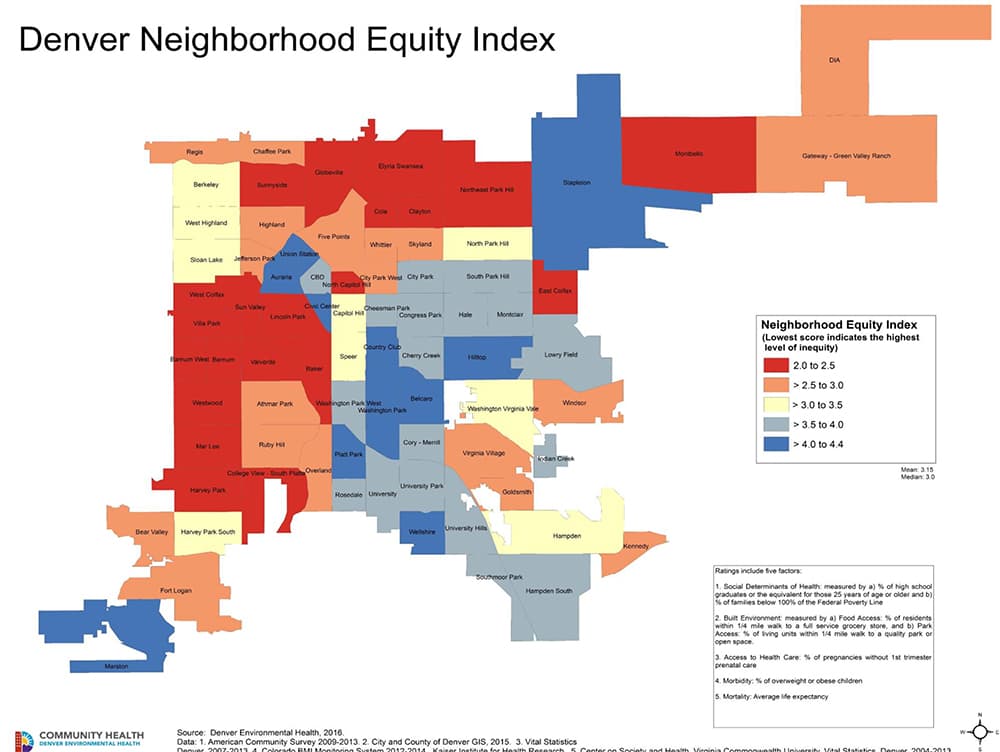
Air quality, too, is certainly an issue for north Denver neighborhoods. This is especially true for Globeville, which sits beneath the I-70 and I-25 interchange. Air quality can be extremely site-specific.

Denverite's own analysis of EPA air quality data found that Globeville's air monitoring station, in 2016 and 2017, measured almost twice as many days of moderate-to-severe nitrogen dioxide pollution as the other four stations that measure it. Globeville was not home to the highest levels of other measured pollutants like tiny particulate matter.
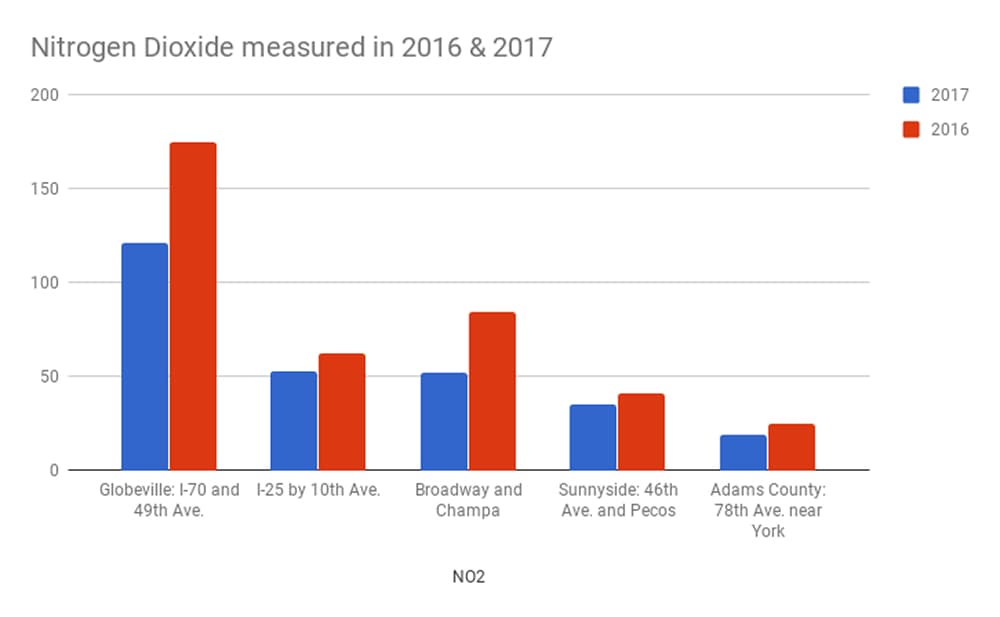
Additionally, a 2014 report by the city found that Globeville and Elyria Swansea residents experience chronic conditions like heart and lung disease at higher rates than other parts of town.
While Denver's Zach Clayton agrees that 80216 probably doesn't deserve designation as the country's most polluted area, he said the city does recognize its neighborhoods' health could be improved.
"We as the local public health authority understand that this is an environmental justice area," he said. "We're really trying to transform and do better things for the area."
